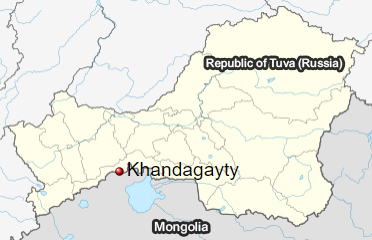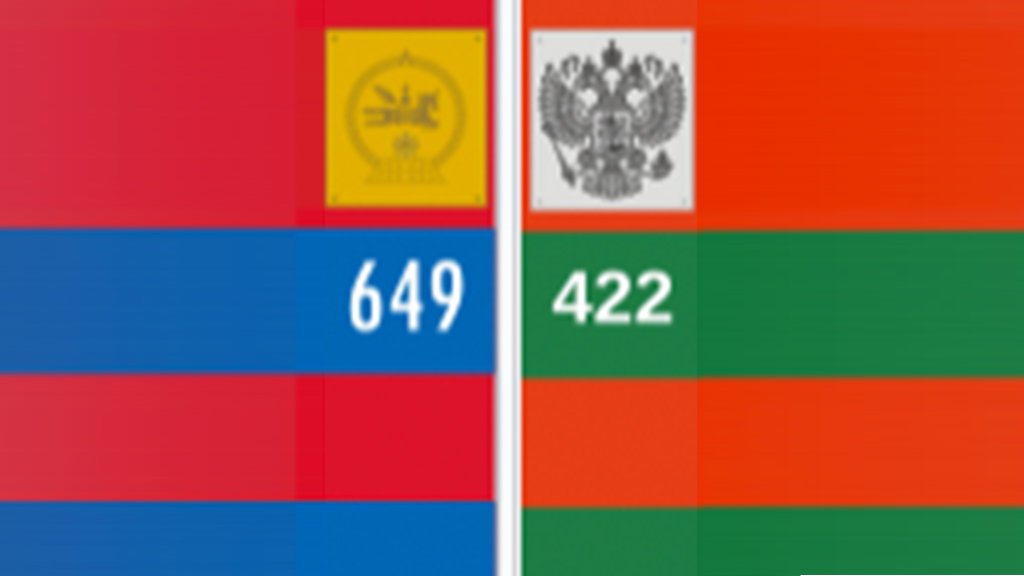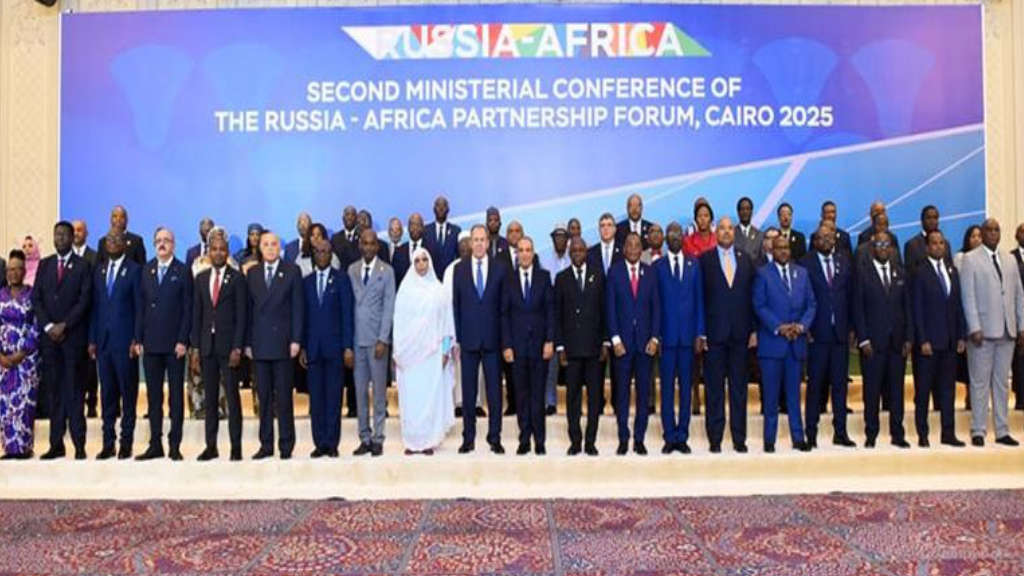Another new trade corridor between Russia and Asia is set to open in 2025 when the Khandagayty checkpoint on the border with Mongolia is completed in Tuva.
The new facility includes a Special Economic Zone, (SEZ) which provides a bonded area for the processing and manufacturing of goods. This has tax saving advantages for finished products involving both Mongolian and Russian sourced goods. This coincides with an expected Free Trade Agreement between Mongolia and Russia via the Eurasian Economic Union to come into effect at this year-end.
The new route also opens up additional capacity for transit trade to China. Vladislav Khovalyg, the head of Russia’s Tuva region said that “Given the geographical location of Tuva, we are interested in creating a new Central Eurasian transport corridor to Mongolia and China. This will help the development of foreign economic relations both in the Tuvan republic and in other regions. The modernisation of the Khandagayty international automobile checkpoint will be completed in 2025. On the Mongolian side, the work has already been completed.”

Following the reconstruction, the Khandagayty checkpoint will provide multilateral services, which will allow it to serve transport from different countries, and not only from Russia or Mongolia. In addition, the crossing is also expected to be operational 24 hours a day. The throughput capacity of the checkpoint will also double – up to 200 vehicles per day.
Khovalyg also discussed the SEZ saying that “The Republic of Tuva has a socio-economic development budget, and it is planned to invest ₽10.4 billion (US$115 million) in the infrastructure of the Khandagayty SEZ. It is also planned to create 480 jobs here.”
The SEZ has the potential to merge Russian and Mongolian products into a finished article and then to reexport back onto their respective markets or further afield, such as China. There are incentives to establish businesses in SEZ, including tax breaks, lower rates of taxes, and some VAT benefits, in addition to discounted utilities. In addition, there are regional expense benefits to consider. The average monthly salary in Mongolia is US$430, and will be lower again in the north of the country. This compares with an average monthly salary in Irkutsk and Northern Chinese cities of about $700 to US$2,200 respectively. These cost benefits may be attractive to some businesses looking to streamline their regional production costs in the Russia-Mongolia-China trade space.
It is also worth noting that Mongolia is now considered as a transit corridor to China, and this has positive knock-on effects for other remote areas of Russia. For example, in the Trans-Baikal region, the Verkhny Ulkhun vehicle checkpoint and the Solovyovsk international checkpoint are also undergoing expansion and development. This means that the Trans-Baikal Territory’s cross-border transportation capacity is expected to reach 86 million tonnes by 2030. In addition, cross border transport with Mongolia is also carried out through the Tashanta checkpoint in the Altai Republic.
Key to these developments is the expected Mongolia – Eurasian Economic Union Free Trade Agreement. As soon as this is concluded, details will be available on this website. To obtain a complimentary subscription, please click here.
NB: Depicted to illustrate this article are the Russian and Mongolian border markers.
Further Reading






